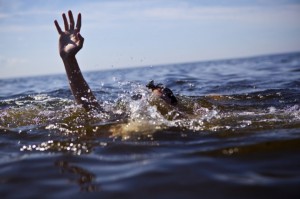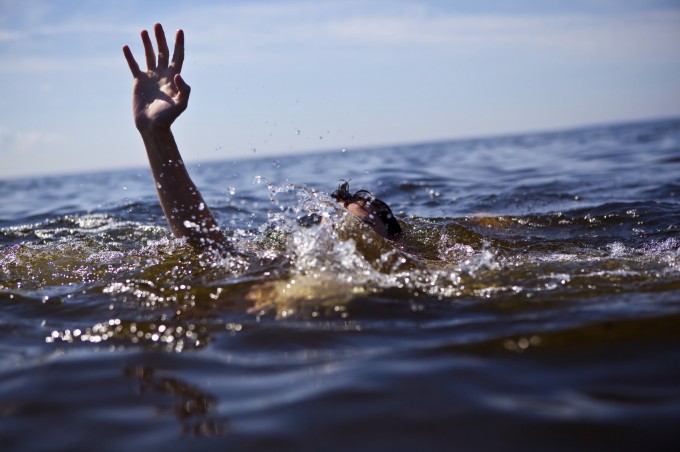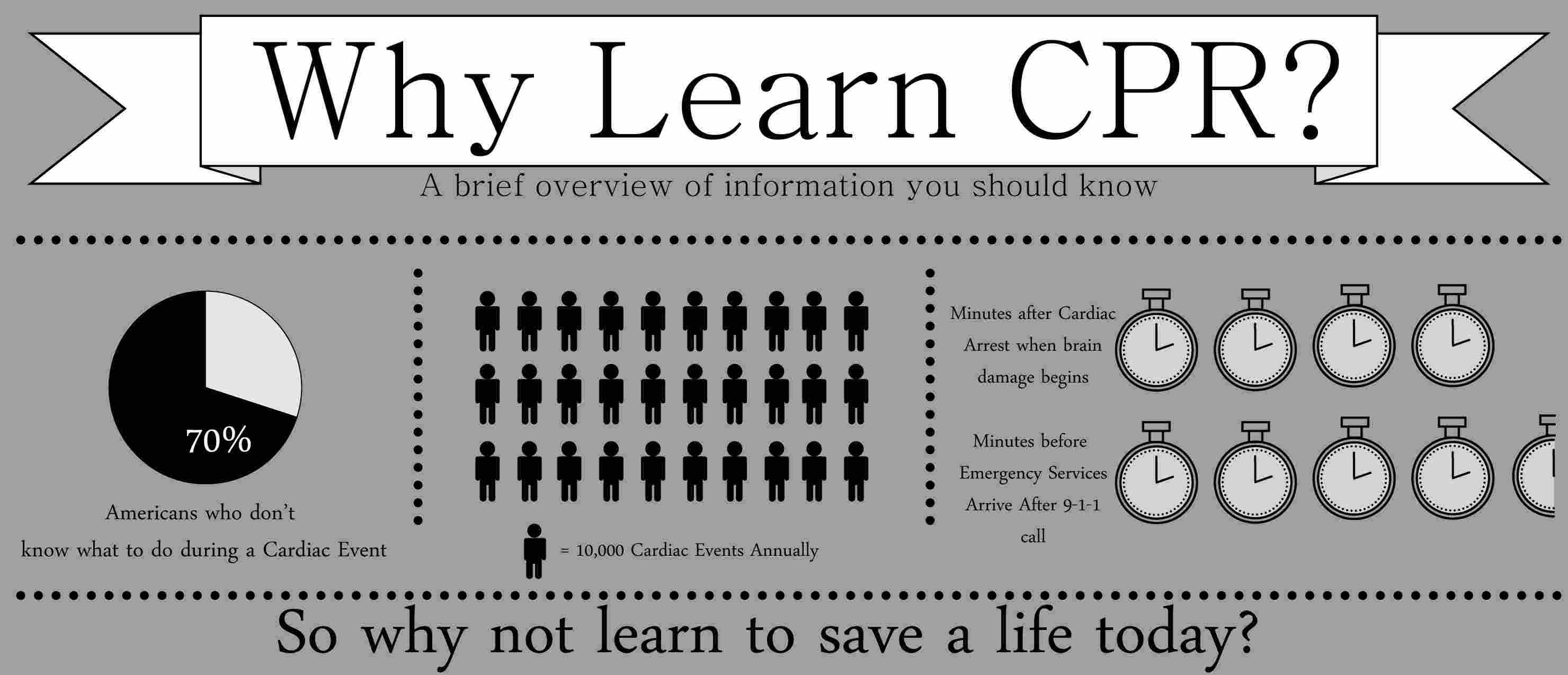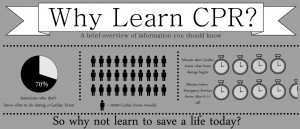
A few years ago, Slate posted a very enlightening article about identifying the signs of drowning, and they aren’t what you think. In TV and film, a drowning victim may wave their arms and shout for help, but in reality, the signs are much more subtle.
Drowning is silent. Though you might expect a drowning victim to call out for help, many victims can’t even get their heads above the water to do so. In addition, since the body is working so hard to keep breathing and stay to the surface, it’s also unlikely that a drowning victim would be able to get someone’s attention before passing out.
While many life guards are trained to identify the signs, it’s important for anyone planning to be in or near the water to be able to identify them. Especially in a situation where there are many children and a lot of commotion, it’s very easy to misinterpret a quiet child for one that is actively drowning.
According to Slate, these are signs to look for:
- Head low in the water, mouth at water level
- Head tilted back with mouth open
- Eyes glassy and empty, unable to focus
- Eyes closed
- Hair over forehead or eyes
- Not using legs—vertical
- Hyperventilating or gasping
- Trying to swim in a particular direction but not making headway
- Trying to roll over on the back
- Appear to be climbing an invisible ladder
Drowning is the No. 2 cause of accidental death among children and is entirely preventable. It’s important to know the signs of drowning in order to prevent it, but it’s also important to know the life-saving skill of CPR.
Now that you are one step ahead of the game and can identify a drowning victim, make sure to hone up on your CPR skills, which can drastically increase the chance of living after a child or adult has been submerged in the water.




